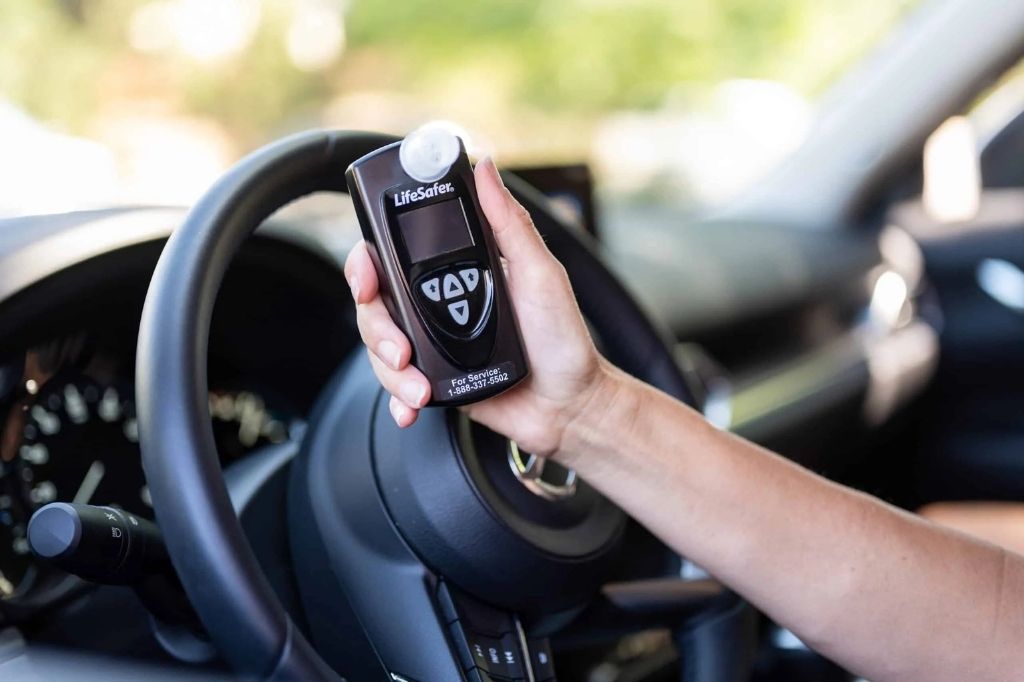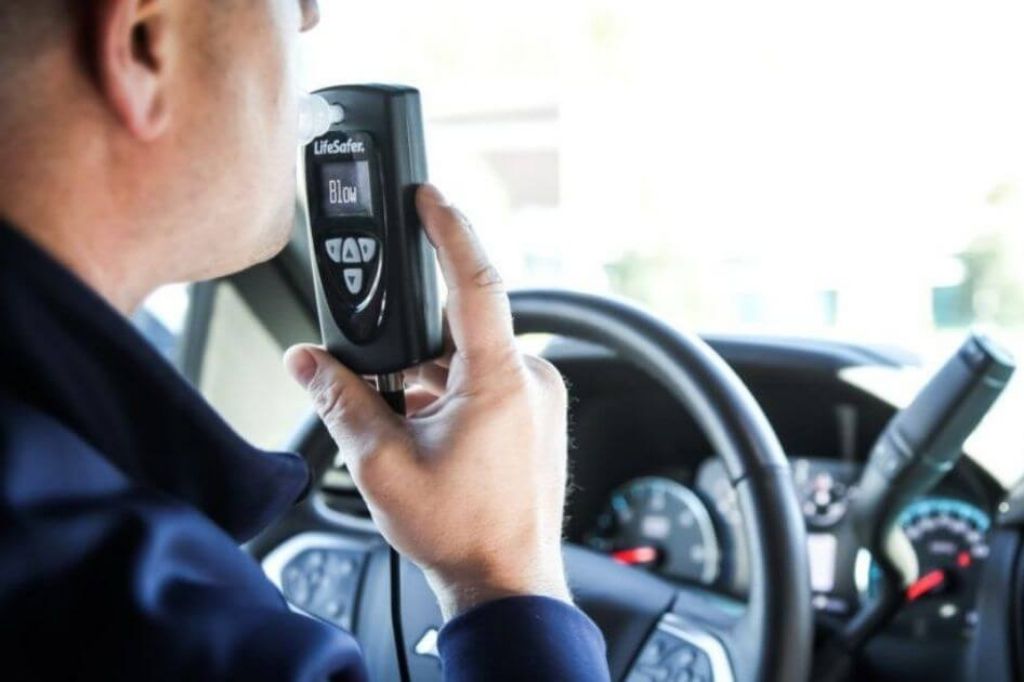So, you’re driving along, or trying to start your car, and then out of nowhere, you get this “alcohol warning” on your LifeSafer interlock device. You’re sitting there, kind of shocked, wondering what in the world that could mean. Did I do something wrong? Is this a mistake? This alert can be confusing, even a little scary if you’re not sure what’s happening, and why the device thinks it needs to ‘warn’ you. Let’s unpack what this warning means on a LifeSafer interlock and why it matters.
Whether you’re seeing this for the first time or it’s popped up more than once, I’ll break it down simply to help you figure out what’s going on and how to handle it.
What Exactly is the LifeSafer Interlock Device?
Now, to understand what an alcohol warning really means, it’s crucial to know how this LifeSafer interlock actually works. This device isn’t just something that’s there for fun; it’s meant to keep folks from getting behind the wheel with any alcohol in their system. After you blow into the device, it checks the air sample for any traces of alcohol. If it detects alcohol that’s over the legal threshold, well, your car’s not going anywhere. That’s the general idea behind it; an extra layer of safety.

For anyone who has this device, it’s typically because of a past incident where they needed that additional ‘reminder’ to avoid alcohol before driving. Some people might find it annoying, but others see it as a way to stay on track. Either way, it’s meant to be super sensitive, so even the tiniest amount of alcohol can sometimes set it off. But hey, it’s there to keep everyone safe, and it’s not exactly out to get you.
And, just to be real here, sometimes it might pick up other things as alcohol. Think about mouthwash or even certain foods that could have trace alcohol content. It’s not perfect, but it’s pretty good at its job, all things considered. So, if you see that alcohol warning, it might not be the end of the world.
Why Does the Alcohol Warning Show Up?
Alright, so you’re probably thinking, “What triggered this warning? I wasn’t drinking!” You’re not alone. While consuming alcohol is definitely the top reason an interlock device triggers, there are other surprising things that can set off the warning, and they’re not always obvious. Like I mentioned before, mouthwash or certain foods can sometimes trigger it. Even breath sprays can leave a little bit of alcohol residue in your mouth, and the interlock picks that up. It doesn’t mean you’re drunk or even close to it, but the device is designed to be super sensitive.
And let’s be real for a moment. Imagine you’re in a rush, trying to get somewhere on time, and boom, the device decides there’s alcohol in your system. Annoying, right? If you used mouthwash or had something weird to eat, maybe just wait a few minutes, rinse out your mouth, and try again. That usually does the trick.
Of course, if you did have a drink, even if it was a tiny amount, well, that’s probably why you’re seeing the warning. These devices don’t mess around with detecting alcohol, so even a sip might be enough to keep your car from starting. It’s designed to do that, to keep you and everyone else safe on the road.
How to Handle an Alcohol Warning?
So you’re seeing the alcohol warning, and maybe you’re starting to panic a bit. First thing? Just take a deep breath (not into the device yet though). Don’t rush to test again right away. It’s actually better to give it a minute or two. If the warning came from something minor, like mouthwash, it’s usually gone after a short wait.
Rinsing your mouth out with water might also help. It’s one of those little tricks that can save you from further frustration. If it keeps happening, though, and you’re sure it’s not alcohol, you might want to reach out to the LifeSafer support team. They’re actually really good about helping you sort through these issues. Sometimes they might even send someone out to check if there’s a problem with the device itself.
And hey, if it’s a real emergency or you’re really unsure what’s going on, don’t feel bad about calling for a tow or getting a friend to drive you. The last thing you want is to keep triggering the warning, as that could make things look bad if you’re in a court program. Better to be cautious than end up with a bigger issue on your hands.
The Risks of Ignoring the Alcohol Warning
Alright, I get it; seeing the warning over and over is annoying, especially if you feel it’s wrong. But ignoring it isn’t the best idea. If you keep blowing into the device without addressing it, there’s a good chance you’ll get “locked out” of starting your car entirely. And that’s a major headache. If you’re part of a court-ordered program, not taking these warnings seriously can even lead to penalties or affect your record.

Ignoring the warning can also impact the device’s log. LifeSafer interlocks keep a record of every event, including every time you try to start the car and every time a warning pops up. So, if you keep attempting to start the vehicle despite the alcohol warning, this can lead to an accumulation of failed attempts. If a program supervisor sees this log, it may seem like you’re intentionally ignoring the rules.
In some cases, people have had their cars entirely disabled or received fines because they disregarded these warnings. It’s a hassle, sure, but it’s really not worth ignoring. Better to troubleshoot or call for help if the problem persists.
Common Misunderstandings About the Alcohol Warning
Let’s talk myths for a minute because, honestly, there are a lot of misconceptions floating around about interlock devices. Some people think they can trick the LifeSafer device; maybe by covering it or blowing into it differently. Spoiler alert: these devices are designed to detect tampering, so that won’t work. Trying to interfere with the device can actually make things way worse, sometimes even leading to criminal charges.
Another common myth is that only heavy drinkers trigger the device. Nope. Even a sip of alcohol, like that from cooking or a small drink, can set it off. This isn’t a tool that discriminates between a little or a lot; it just detects alcohol, period. So don’t let that myth fool you into thinking a small amount won’t show up.
Then there’s the idea that you can “wait it out.” Sure, alcohol metabolizes over time, but sitting around hoping the device will eventually accept a sample isn’t really the best plan. It’s better to rinse, wait a few minutes, or even contact support rather than hoping it’ll somehow go away.
Why Calibration Is Important for Accuracy?
One more thing a lot of people overlook is the calibration. Yes, these devices need regular maintenance to work right. Without calibration, an interlock might start throwing out false positives or just not work as expected. Imagine getting stuck because the device isn’t reading things accurately; that’s where calibration comes in.
If the LifeSafer interlock hasn’t been calibrated in a while, it’s more likely to show an alcohol warning without cause. Regular calibration helps it stay accurate and less prone to mistakes. Most programs have specific schedules for this, so keep up with it if you don’t want unnecessary alarms.
Some people think calibration isn’t a big deal, but ignoring it could mean a lot more time spent dealing with false alerts. It’s simple and can save you from loads of frustration. If nothing else, staying on top of calibration ensures you’re using the device exactly as intended.
Editor’s note…
So, there you have it. The alcohol warning on a LifeSafer interlock might be intimidating, especially if it’s unexpected, but it’s not the end of the world. Whether it’s triggered by alcohol, mouthwash, or some weird snack, understanding what causes these alerts can help you handle them better.
Knowing what to do, who to contact, and even how to wait it out when necessary can make all the difference.
Interlocks like LifeSafer aren’t there to punish you; they’re there to help keep the road safer for everyone. Sometimes they can be overly sensitive, but they serve a purpose. So, next time you see that alcohol warning, take a moment, breathe, and follow the steps we’ve covered. The road can be a tricky place, but with a bit of patience and understanding, you can handle these warnings without too much stress.



